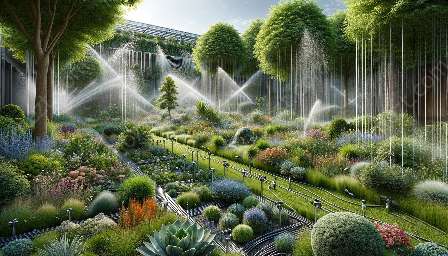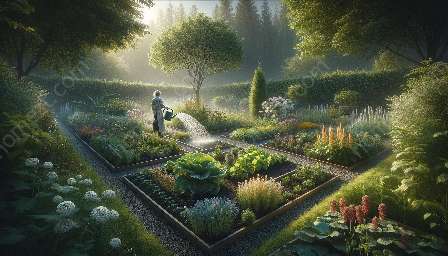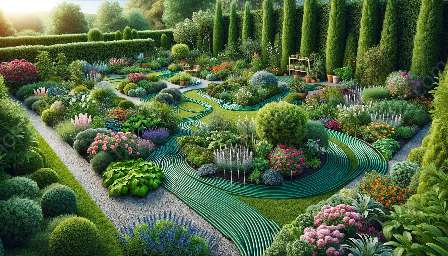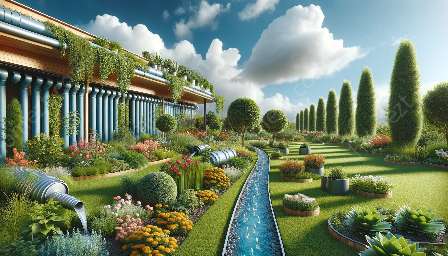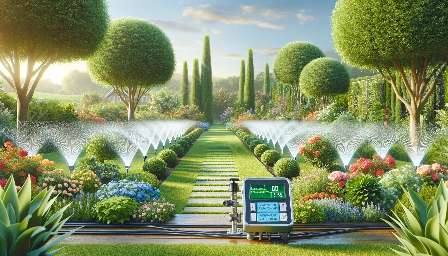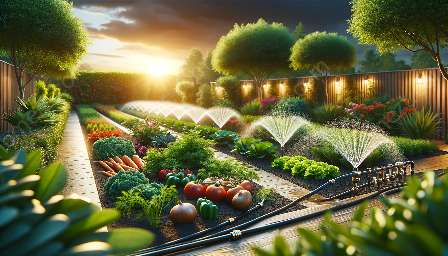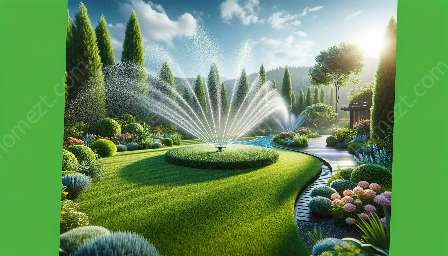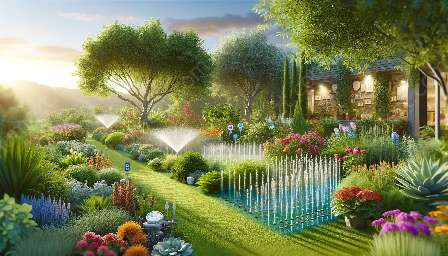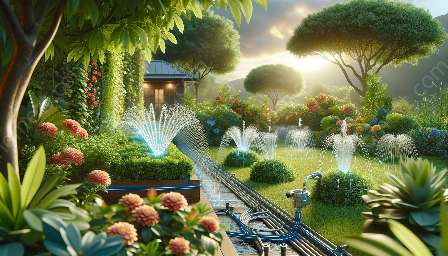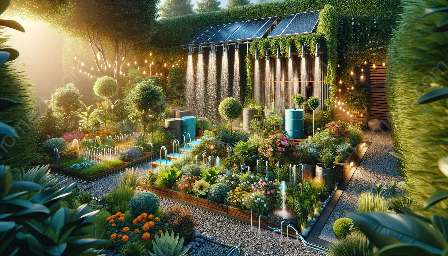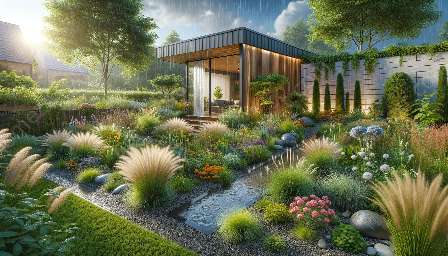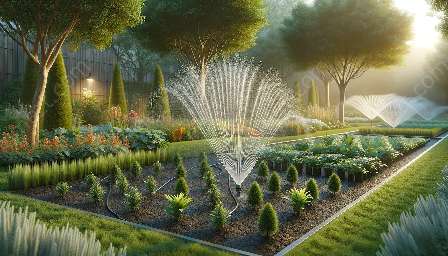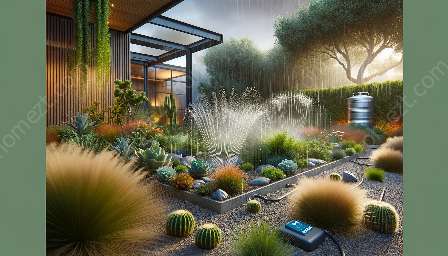Drip irrigation is a sustainable and efficient watering technique that is revolutionizing gardening and landscaping. This comprehensive guide will provide an in-depth exploration of drip irrigation, its benefits, components, installation process, and compatibility with various gardening and landscaping practices.
The Basics of Drip Irrigation
Drip irrigation, also known as trickle irrigation, is a method of delivering water directly to the root zone of plants. Unlike traditional surface irrigation, which involves watering the entire garden area, drip irrigation focuses on supplying water precisely where it is needed most.
This targeted approach helps conserve water and reduces the risk of water waste and evaporation, making drip irrigation an eco-friendly choice for sustainable gardening and landscaping practices.
Benefits of Drip Irrigation
1. Water Conservation: Drip irrigation significantly reduces water usage by delivering water directly to the plant roots, minimizing wastage and evaporation.
2. Improved Plant Health: By providing consistent and controlled moisture to the roots, drip irrigation promotes healthier plant growth and reduces the risk of diseases caused by overwatering or underwatering.
3. Weed Control: Since drip irrigation targets specific plant roots, it can help suppress weed growth by avoiding unnecessary watering of weed-prone areas.
Components of Drip Irrigation System
A typical drip irrigation system consists of several key components, including:
- Drip Emitters: These devices deliver water directly to the plant roots in small, controlled amounts.
- Tubing: Flexible pipes or hoses that distribute water throughout the garden or landscape.
- Filters: Remove debris and sediment from the water to prevent clogging of the system.
- Pressure Regulators: Maintain a consistent and optimal water pressure for efficient operation.
- Timers: Control the timing and duration of watering cycles to meet the specific needs of different plants.
- Valves: Manage the flow of water and allow for customization of watering zones.
Installation Process of Drip Irrigation
The installation of a drip irrigation system involves several basic steps:
- Planning: Assess the garden or landscape layout, determine water supply sources, and identify the water needs of different plants.
- Component Assembly: Connect the tubing, emitters, filters, and other components based on the planned layout and water distribution requirements.
- Testing: Run the system to ensure proper functioning and make adjustments as needed.
- Maintenance: Regularly inspect and maintain the system to prevent leaks, clogs, or other issues that may affect its performance.
Drip Irrigation Techniques in Gardening and Landscaping
Drip irrigation can be seamlessly integrated into various gardening and landscaping practices, including:
- Vegetable Gardens: Deliver precise water to vegetable roots, promoting healthy growth and maximizing crop yield.
- Flower Beds: Maintain optimal moisture levels for flowers, preventing water stress and enhancing blooming.
- Shrubs and Trees: Provide deep root watering for established shrubs and trees, ensuring their long-term vitality.
- Container Gardening: Customize drip systems for potted plants, ensuring consistent watering without the hassle of manual watering.
- Lawn Maintenance: Install drip systems to efficiently water lawns, reducing water usage and preserving a lush, green appearance.
Conclusion
Drip irrigation offers a myriad of benefits for sustainable gardening and landscaping, from water conservation and improved plant health to precise and customizable watering. By understanding the basics, components, installation process, and applications of drip irrigation, gardeners and landscapers can harness the power of this efficient watering technique to elevate the beauty and sustainability of their outdoor spaces.

